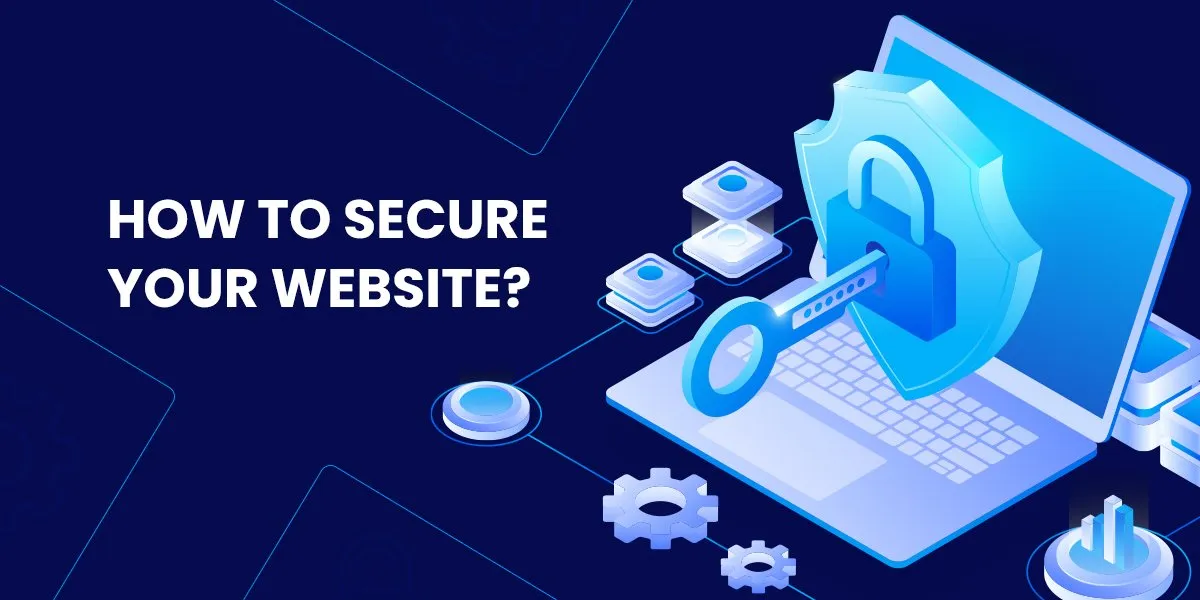
You should not have to worry about web security until someone attacks you or your company. If you have put your faith in web security, it is important to first understand just what web security is and how to implement it. If you are still unsure about whether or not you need to take precautions with your web security, then you may want to consider the following common threats and how to prevent them from happening:
Malware and viruses are just one threat to your website security. They are different from a malware or virus attack in that they are done with intent, whereas a malware attack is done by a person or group of people who intend on doing harm. These harmful programs come from downloads, email attachments, video files, music files, and even games that have infected your website. You will usually experience the most damage during a malware or virus attack if you visit websites that have been compromised. If you do not regularly update your anti-malware or firewall programs, then you are leaving yourself open to these types of infections.
Bot attacks, or automated attacks, happen when someone creates malicious software to try and trick you into opening or downloading a file. They typically use spear phishing techniques by sending you an email that looks legitimate. The attachment will have a link that looks legitimate, but once you click on it, you are taken to a fake website. You can protect yourself against these attacks by blocking all incoming links and making sure your antivirus software is updated. You should also consider installing security measures for your social security number, such as protecting it with passwords or using two-step verification.
Another threat to your information security is called cross-site scripting (XSS). It is where a hacker inserts their own scripts into your website. You need to make sure that you know how to secure your HTML page, and that you check for XSS errors before saving any information. Most browsers will display a red flag icon when you see this kind of script. There are no standards for XSS, so it is very hard to prevent this attack, but you can take several steps to decrease the risk of it happening.
Your firewalls and backups will help you secure your data breach, but you can still do a few things to make sure your data is as secure as possible. One of the best practices is to store backups on offsite storage services as much as possible. The amount of time between when you make the backup and when you use it will dictate how secure the copy will be. If the attacks were to wipe out your backups completely, your data would be at risk even after you've restored everything.
A firewall will help protect your backups and your websites from a data breach. Your firewall needs to be properly maintained to ensure that it can stop all malicious threats, and it needs to be patched regularly to improve its ability to defend your network. You also need to regularly update your virus definition files to make sure that your firewall is effective. If you want the most secure network possible, then you need to address all threats head on, and keep the above advice in mind when doing so.
To fully secure your website , you need to enable DoS protection. It makes it impossible for an attacker in the online network to connect to the target machine. This is accomplished by interfering with the routing table, the source of the packets, the path through which they have originated and the checksum that is used as a verification key. An attacker does not need any special knowledge of the targeted network to inflict the damages in just a short time. The attack can be executed from anywhere in the world, using either an authenticated gateway or a non-authenticated one.
Some of the reasons why an IP packet can be under attack include excessive traffic, flooding, overload, malicious scripts and other applications that do not follow any established rules. Some of the things that can cause the IP packets to be under attack include: excessive resource usage, flooding, outbound traffic from unreachable sources, excessive network latency and the use of port range that are commonly used by Internet connections. DoS protection will help you in many ways. For instance, it will help you prevent an attacker from accessing your website by changing the way it interacts with the network. It will also help you by preventing a DoS attack from affecting critical application resources by reducing or stopping its attack when it gets near the processing systems. Some people even consider it as a form of defense mechanism.
The last point is to consider your physical location. A lot of businesses choose to have their backup servers stored in their hometown, which makes it a lot harder to prevent malware attacks. If you are an e-business or operate from a location that can be easily compromised, it's important that you secure your server physically. Data centers tend to be attacked by attackers day in and day out, which makes it very difficult to prevent a compromise. Having your backups safely in a different location will ensure that any malicious code that may infiltrate your system has been completely removed.




0 Comments